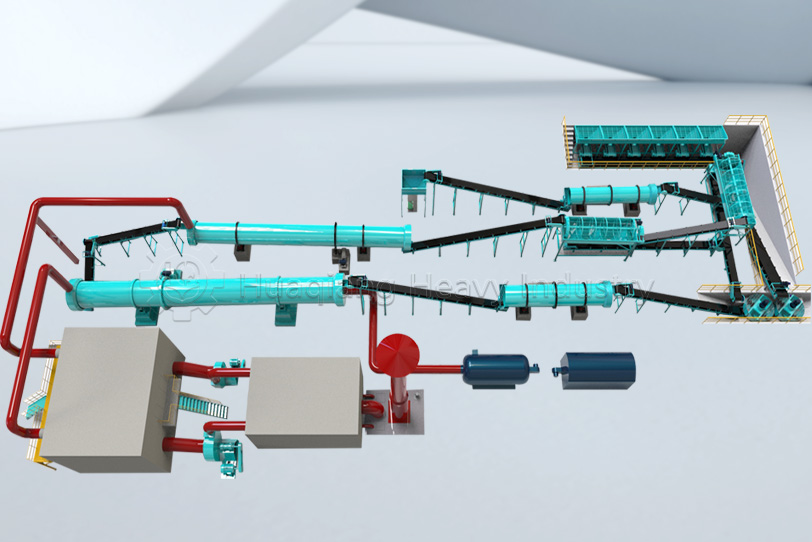NPK Fertilizer Production: How to Mix the Perfect Nutrient Formula?
In modern agriculture, NPK fertilizers are a critical source of nutrients for crop growth. But have you ever wondered how these precise formulas of nitrogen (N), phosphorus (P), and potassium (K) are produced? An efficient NPK fertilizer production line combines the best of chemical engineering and mechanical technology to ensure the precise blend of each nutrient.
The core of NPK fertilizer production lies in a precise batching and mixing system. Raw materials such as urea, phosphate, and potash first pass through a pulverizer to ensure uniform particle size. High-precision electronic scales then weigh the ingredients according to a pre-set recipe. A double axis mixer then thoroughly blends them, creating a homogeneous mixture – the foundation of high-quality fertilizer.
Next comes the fertilizer granulation and molding process. A rotary drum or disc granulator converts the powdered mixture into granules. This process requires the addition of steam or a binder to promote granulation. The newly formed granules then enter a rotary dryer to remove excess moisture, followed by a cooler to stabilize product properties. A vibrating screen then classifies the granules by size, with unqualified granules returned for further granulation.
The final stage is the processing and packaging of the finished product. A film coating machine applies a protective coating to the surface of the granules, preventing clumping and improving application performance. A fully automatic packaging machine precisely weighs and seals the finished product, ensuring consistent weight in each bag of fertilizer. Modern production lines are also equipped with a central control system that monitors temperature, humidity, and production speed in real time to ensure consistent product quality.
From raw materials to finished product, NPK fertilizer production is a precisely regulated journey. Every piece of equipment plays a critical role in creating the essential nutrients that contribute to global agricultural development!
